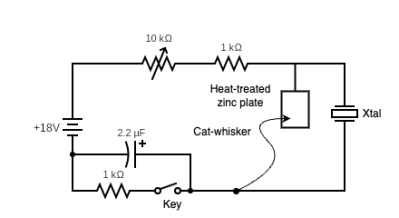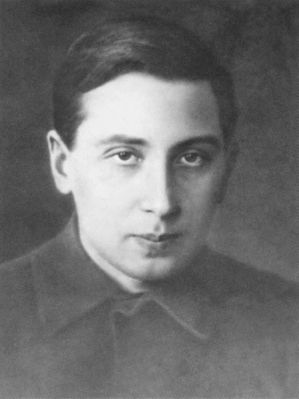
During the first half of the 20th century radio technology was booming, albeit restricted by the vacuum tube technology of the time which made radios cumbersome in size and power needs. The development of a solid state alternative to the vacuum tube was in full swing, but the first version pioneered by [Oleg Losev] in the form of crystal radios failed to compete. Even so these ‘crystal radios’ laid much of the groundwork for subsequent research. The ease of creating this type of radio also makes it a fun physics experiment today, as [Ashish Derhgawen] demonstrates in a blog post.
In the January 1925 issue of Radio News the theory of the circuit is explained by [Oleg Losev] himself (page 1167). At the core is a material capable of negative resistance, as a non-linear (non-Ohmic) material, which means that the current passing through them decreases as voltage increases over part of their I-V curve. This enables it to work as an amplifier or oscillator. After the cessation of research on crystal radio technology by [Losev] and others, the negative resistance diode was rediscovered in 1957 with the tunnel diode.
Continue reading “Making A Crystodyne Radio With Zinc Oxide And Cat’s Whiskers”














